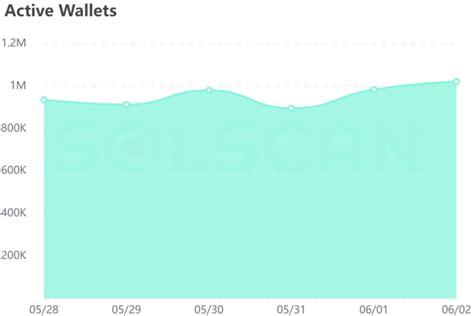Your cart is currently empty!
Ethereum: Are time, timereceived and blocktime in UTC?
Understanding Time, Time and Block In Ethereum
As a cryptocurrency enthusiast, you are probably familiar with the concepts of time, block and timing force in the context of blockchain technology. However, one of the fundamental aspects is that these terms are actually associated with UTC (Coordinated Universal Time). In this article we dive into detail and examine what is behind these seemingly unrelated concepts.
Time
In Different Contexts, Time May Apply To Different Aspects:
* Physical Time : Passing of a second, minutes, hours, days, etc., measured by clock or calendar.
* Blockchain Time : Time used in Cryptomations Such as Ethereum (ETH) is based on the Network of the Network Consensus and Time Stamp of the Formation of Blocks. This means that the current block block is determined by the height of the current block and the time of the block of previously blocks.
* Time UTC : Coordinated Universal Time, a modern time standard based on atomic hours, serves as a primary reference to all periods of time in most industries.
Timereived
TIMERECEIVE Applies to the amount of time elapsed because the transaction or event is recorded on blockchain. This concept is closely related to the blocktime, which we will further explore.
* Blacktime : Blocking a particular block applies to the duration of its creation and broadcasting in the network.
* TIMERECEIVED : As mentioned above, Timerceive measured the time since the transaction or event has been recorded on the blockchain. It is basically the current blockmime minus the previously blocktime.
Blocks
BlockTime is a critical part of the Ethereum Consensus algorithm, also known as evidence of work (POW). BlockTime is intended ::
1.
- Block size : Maximum amount of data that can be included in each block.
- Function Hash

: Algorithm used to create a unique fingerprint (hash) for each block.
BloCTime is usually measured in seconds or milliseconds, depending on the protocol used by a particular blockchain. For example, the mainnet blocktime ethereum block is approximately 15-20 minutes, while the testnet blocktime block is significantly shorter, approximately 1-2 minutes.
Relationship to UTC
In short, Ethereum’s BlockTime and TIMERECEIVE are closely linked to UTC time. BlockTime is determined by the current block height and the previous time of the blocks, which in turn recall from the global atomic clock (UTC). TIMERECEIVED MEASURES THE TIME Since the transaction or event has been recorded on blockchain, which may be affected by the time stamp of the formation of blocks and other factors.
Conclusion
Although it may be surprising that ethereum is not explicitly mentioned as an official term, in fact it is closely related to UTC time. The concepts are interconnected by the way they determine the blocking times and affect the transaction processing times. In practice, developers working with ethereum should be aware of these nuances in implementing solutions based on blockchain or network interaction.
I hope it will help Clarify Things!
Leave a Reply